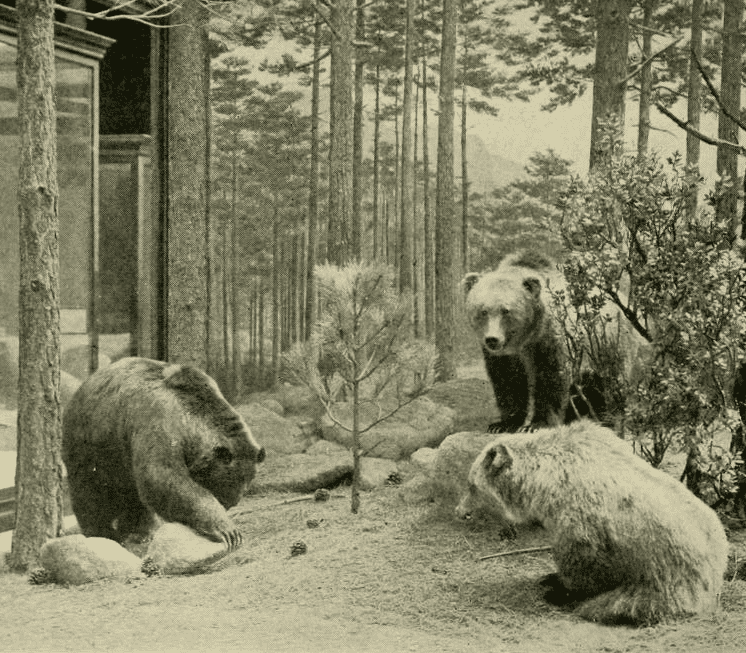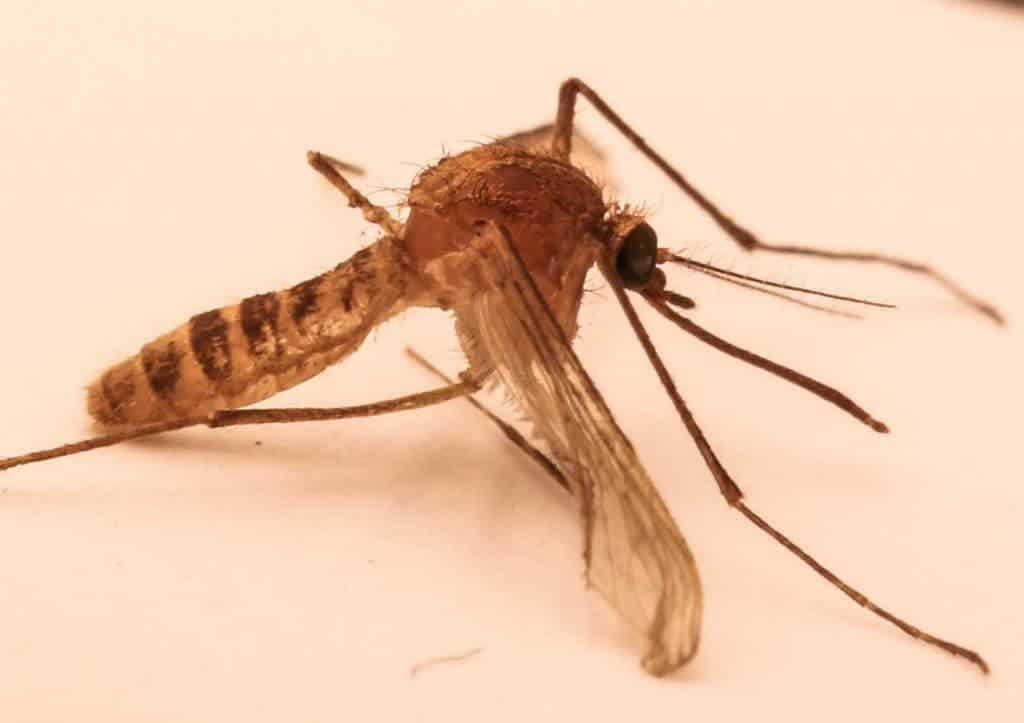
We’re all used to the depressing headlines of yet another species having gone extinct (or is just about to) due to human interference. Logging, pollution, hunting, urban expansion — these and much more take their toll on wildlife and only a select few can adapt.
Sometimes, though, humans can act as a prime driver for speciation. One example includes a new species of mosquito that dwells in the undergrounds of London and can’t breed with mosquitos that fly at the surface. It’s an entirely new species, shaped by an ecosystem that we created.
The ‘London Underground mosquito’ is not alone, as other examples are plentiful. Writing in a new report titled ‘How humans drive speciation as well as extinction’, two researchers discuss the mechanisms that drive the formation of human-mediated speciation.

There are around five to eight million eukaryotic species living on this planet, and 1.0–2.2% of these species become extinct every decade or so. At this rate, many scientists warn, the world is headed for a sixth mass extinction — the only one that won’t be caused by nature. Humans are the obvious culprit, but the authors of the new study say humans also drive the formation of new species. They argue that there are various ways that mediate this process, like human induced physical barriers or selective pressures applied to specific members of a species.
“The prospect of ‘artificially’ gaining novel species through human activities is unlikely to elicit the feeling that it can offset losses of ‘natural’ species. Indeed, many people might find the prospect of an artificially biodiverse world just as daunting as an artificially impoverished one” study author Joseph Bull from the Center for Macroecology, Evolution and Climate at the University of Copenhagen, said in a statement.
Of course, the most obvious way humans create new species is through domestication. Since the advent of agriculture 8,000 years ago countless species of plants, be them crops or flowers, have been selected and interbred until they look and behave nothing like the original wild species. Wild boars became pigs, wolves became dogs, and “at least six of the world’s 40 most important agricultural crops are considered entirely new” explains Joseph Bull.
[panel style=”panel-info” title=”Humans shaping extinction and speciation alike” footer=”Center for Macroecology, Evolution and Climate Dept. of Food and Resource Economics University of Copenhagen”]Since the last Ice Age, 11.500 years ago, it is estimated that 255 mammals and 523 bird species have gone extinct, often due to human activity. In the same period, humans have relocated almost 900 known species and domesticated more than 470 animal and close to 270 plant species.[/panel]
While domestication is deliberate, most new species which the researchers have identified as being speciated by human activity are the result of unnatural selection. Hunting, for instance, can lead to the adaptation of new traits in animals, which eventually leads to new species. Relocating species, either deliberately or by accident, can also lead to the hybridization of species. In the last three centuries in Europe, at least, due to the relocation of species more new plant species have appeared than those who went extinct.
Then, of course, we have the most disruptive human-driven speciation mechanism: the creation of entirely novel ecosystems. Humans have built cities, farms and underground railways like the one the new mosquito species calls home. Finally, the researchers note that technology might drive more speciation than ever before. Examples include genetically modified organisms, which although are not new species may have the capacity to generate self-sustaining populations or hybridize with wild species. Technology may soon also allow re-creation of extinct species (de-extinction), despite deep practical and moral arguments against doing so.
“In this context, ‘number of species’ becomes a deeply unsatisfactory measure of conservation trends, because it does not reflect many important aspects of biodiversity. Achieving a neutral net outcome for species numbers cannot be considered acceptable if weighing wild fauna against relatively homogenous domesticated species. However, considering speciation alongside extinction may well prove important in developing a better understanding of our impact upon global biodiversity. We call for a discussion about what we, as a society, actually want to conserve about nature”, says Associate Professor Martine Maron from the University of Queensland.
The takeaway is that any species gone extinct at the hand of man is a tragedy. Millions of years of heritage lost forever (despite pipe dreams of cloning, de-extinction and what not). That being said, adding new species in the ecosystem, intentionally or unintentionally, does nothing to make things better. But one can only wonder, what would have biodiversity looked like today if humans lived more sustainably? We might never learn.


